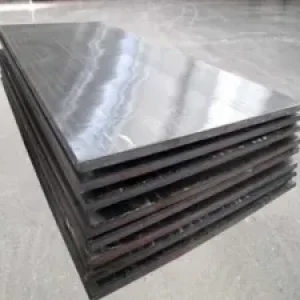Composite panel processing encompasses a series of manufacturing steps to create high-performance, layered materials combining different substrates for enhanced properties. These panels are widely used in construction, transportation, and industrial applications. Key processing parameters include:
- Material Selection: Choice of facing materials (such as aluminum, stainless steel, copper, or fiberglass) and core materials (e.g., polyethylene, honeycomb, or foam) based on the required properties (e.g., strength, weight, corrosion resistance, thermal conductivity).
- Preparation: Surface cleaning and priming of the facing materials to ensure proper bonding. This may involve degreasing, abrasive blasting, or chemical treatments.
- Adhesive Application: Selection and application of the appropriate adhesive or bonding agent, considering factors like curing time, temperature, and viscosity. The adhesive layer thickness is also controlled for consistent bond strength.
- Lamination: The process of bonding the facing materials to the core material. This can be done through various methods, such as:
- Continuous Lamination: Suitable for large-scale production, involves continuous feeding of materials through rollers and adhesive application.
- Vacuum Bagging: Used for more intricate panels, where a vacuum is applied to remove air and ensure intimate contact between layers during curing.
- Autoclave Processing: For high-performance composites, uses high pressure and temperature to ensure optimal bonding and material consolidation.
- Pressing: Applying pressure during lamination to ensure good adhesion and eliminate any air pockets. Pressure levels and duration are critical to achieving uniform density and avoiding deformation.
- Curing: Allowing the adhesive to set and reach its final properties. This can be done at room temperature or accelerated with heat, depending on the adhesive used.
- Trimming and Cutting: After curing, panels are trimmed to their final dimensions using saws, routers, or CNC machines. Precision cutting is crucial for fitting and assembly.
- Surface Finishing: Depending on the application, panels may undergo processes like polishing, painting, powder coating, or anodizing to enhance aesthetics or protect the surface.
- Quality Control: Throughout the process, inspections are conducted to check for defects like bubbles, delamination, or inconsistencies in thickness. Non-destructive testing methods like ultrasonic inspection or X-ray imaging may be used.
-
Handling and Packaging: Careful handling is necessary to avoid damaging the panels during transportation. Panels are typically packaged to protect against scratches, moisture, and physical impact.

